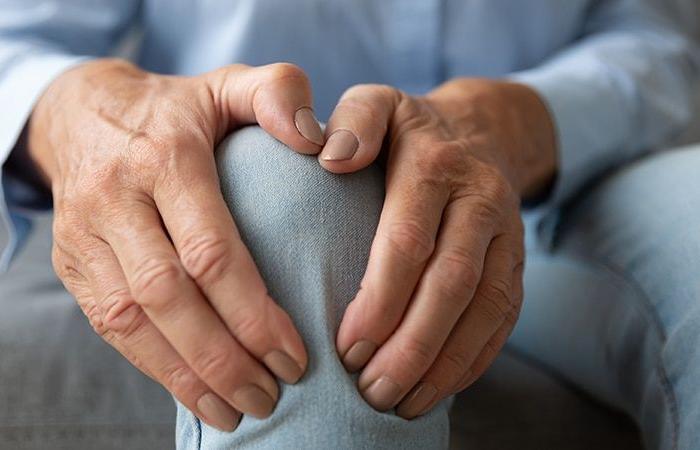Knee osteoarthritis is a public health problem responsible for an increasing health and economic burden due to the aging of the population and the use of surgery.
Current recommendations call for education and an exercise program before considering total knee replacement (TKA). However, some studies show that people suffering from knee osteoarthritis who consult a general practitioner are 3 times more likely to be referred to an orthopedic surgeon rather than to a physiotherapist.
Projections estimate that 161,000 TKAs would be performed by 2030 in Australia, at a cost of A$3.4 billion, with a third of procedures considered inappropriate (e.g. patients showing symptoms or signs minimal radiological).
An economic evaluation based on a cohort of more than 60,000 people
This study aimed to evaluate, using data from Australian national registers, whether, in patients with knee osteoarthritis, a structured education program associated with exercises provided by physiotherapists, with the option of future total arthroplasty of the knee, was profitable from a health savings point of view compared to usual care (implementation of a TKA within the year).
This economic evaluation used a life table model in combination with a Markov model to compare the costs and health outcomes of a national exercise education and therapy program versus usual care in the Australian health system. Subgroup, deterministic and probabilistic sensitivity analyzes were performed.
Calculations were made on a hypothetical cohort, based on registers, composed of 61,394 adults aged 45 to 84 years (53.9% women; 93.6% aged over 55 years) eligible for TKA. They were classified based on the initial assessment of the EQ-5D-5L pain domain. Subjects were evaluated preoperatively and postoperatively at 6 months on the EuroQol-5D-5L quality of life score reported by patients.
For patients who benefited from the education and exercises program before possible knee replacement, the data was obtained from the GLA:D registry (Australian database including all people who participated in this program).
The model (life table in combination with a Markov model) estimated that the average cost of primary TKA was A$24,607 ($17,095), the average cost of revision TKA was A$43,125. A$ ($29,959) and the cost of a 12-week structured education and exercise program at A$1,000 ($695).
Cost saving and efficiency
Knee OA education/exercise program before TKA provides cost savings of A$489,307,942 ($339,922,227), or A$7,970 ($5,537) per person over a lifetime, compared to usual care . This estimate was calculated by including the 19.5% of individuals avoiding a TKA, i.e. 14,418 (11,995 primary TKA and 2,423 revision TKA).
The education and physiotherapy program was less effective in terms of healthy life years (years of life adjusted to quality of life “ quality-adjusted life year », QALY) (-0.43 QALY) (example, 2 years of good health = 2 QALY) compared to usual care (implementation of a TKA within one year) over the entire lifespan.
The calculation of the cost/effectiveness ratio was carried out using the INMB (additional net budgetary benefit). A positive INMB value indicates that a program is cost-effective (cost savings are greater than the loss of QALY healthy life years), whereas a negative INMB value indicates that usual care is more cost-effective (cost savings do not compensate for QALY losses). The results show that the additional net budgetary benefit (INMB) of a structured education and exercise program would not be cost-effective if calculated over the entire lifespan.
Subgroup analysis shows that a structured education and exercise program would be cost-effective during the first 9 years and throughout life only in individuals experiencing only mild pain initially.
Invest early in prevention
Future efforts are needed to evaluate the cost-effectiveness of interventions targeted at specific subgroups in order to have a more effective personalized strategy allowing the right patient to receive the right treatments at the right time, knowing that TKA is very effective when used appropriately.
The problem of public acceptance remains, because while cost-effectiveness can be improved by targeting non-surgical management through prior education and exercise programs in people willing to delay or avoid TKA , they must accept having a lower quality of life than with surgery.
Cost/effectiveness studies in the field of health have the disadvantage of requiring calculations and statistics that cannot be verified by the doctors involved in the management of this pathology.
Strategies could also be improved by investing in primary prevention programs (e.g., weight reduction, knee injury prevention).






